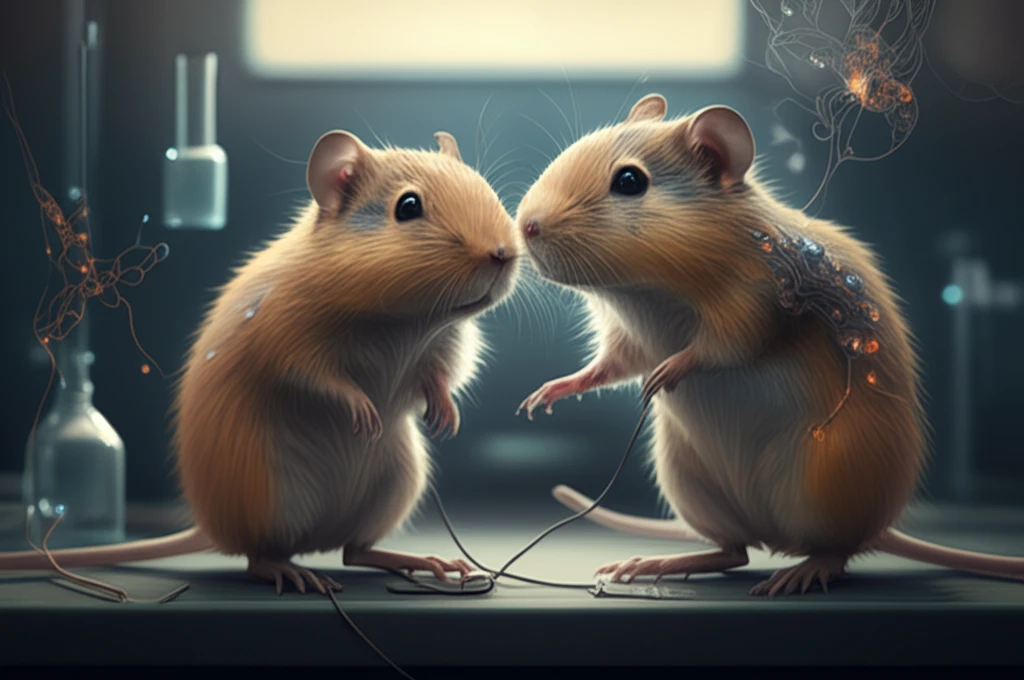
Can Prairie Voles Unlock the Secrets of Empathy?
"New research explores prosocial behavior in prairie voles, offering potential insights into understanding empathy and social connection."
Empathy, the ability to understand and share the feelings of others, is a cornerstone of human social interaction. While often considered a uniquely human trait, scientists are increasingly exploring its roots in the animal kingdom. Recent research focusing on prairie voles (Microtus ochrogaster) offers a compelling model for understanding the biological basis of empathy and prosocial behavior.
Prairie voles are small rodents known for their monogamous relationships and strong social bonds, making them ideal subjects for studying the neurobiological underpinnings of empathy. Unlike many other rodents, prairie voles exhibit behaviors that suggest a capacity for understanding and responding to the distress of their partners. Researchers are now exploring how specific brain regions and neurotransmitters in these animals contribute to empathic responses.
A groundbreaking study published in BMC Research Notes delves into the unconditioned prosocial behavior of prairie voles, suggesting that these animals exhibit a distinct form of empathy that doesn't require prior training or reward. This research identifies key neural mechanisms that could shed light on the complex interplay of oxytocin, vasopressin, and dopamine in regulating empathic responses.
How Do Prairie Voles Show Empathy?

Traditional methods of studying empathy in rodents often involve training animals to perform specific tasks in response to the distress of others, such as rescuing a companion from a painful situation. However, these approaches can be confounded by the training process itself, making it difficult to isolate genuine empathic behavior from learned responses. The recent study introduces a novel social test that aims to overcome these limitations.
- Empathic Contact: Time spent chewing or pulling on the tether/collar within 1.3 cm of the stimulus animal.
- Exploratory Sniffing: General exploration of the environment.
- Non-Social Object Contact: Interaction with an inanimate object.
Unlocking Future of Empathy
These findings underscore the potential of prairie voles as a valuable model for studying the neurobiological mechanisms of empathy. By identifying the specific brain regions and neurotransmitters involved in empathic responses, researchers may gain new insights into the complexities of human social behavior and develop novel treatments for social deficits associated with conditions like autism spectrum disorder and social anxiety.
